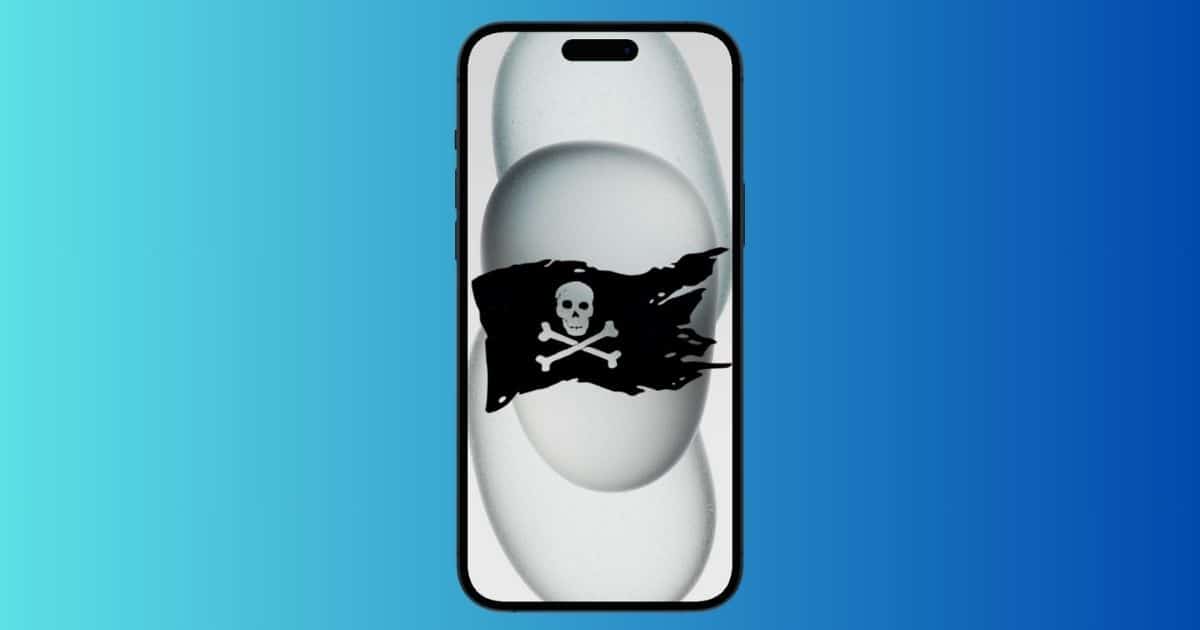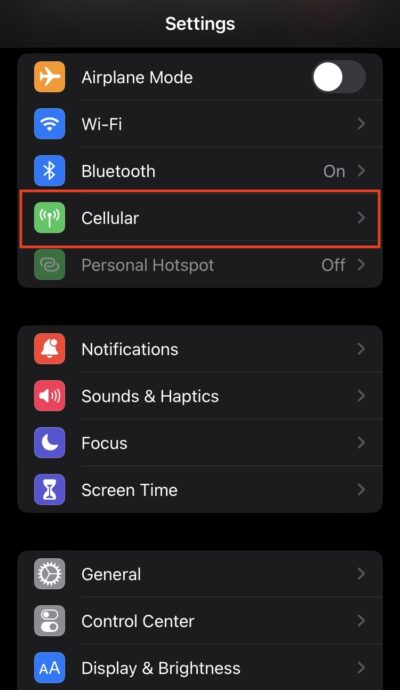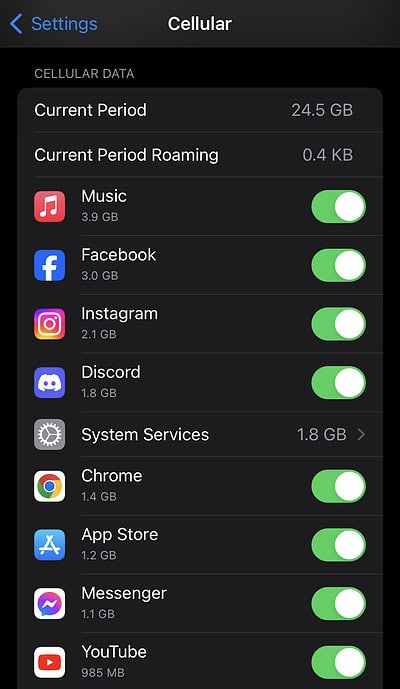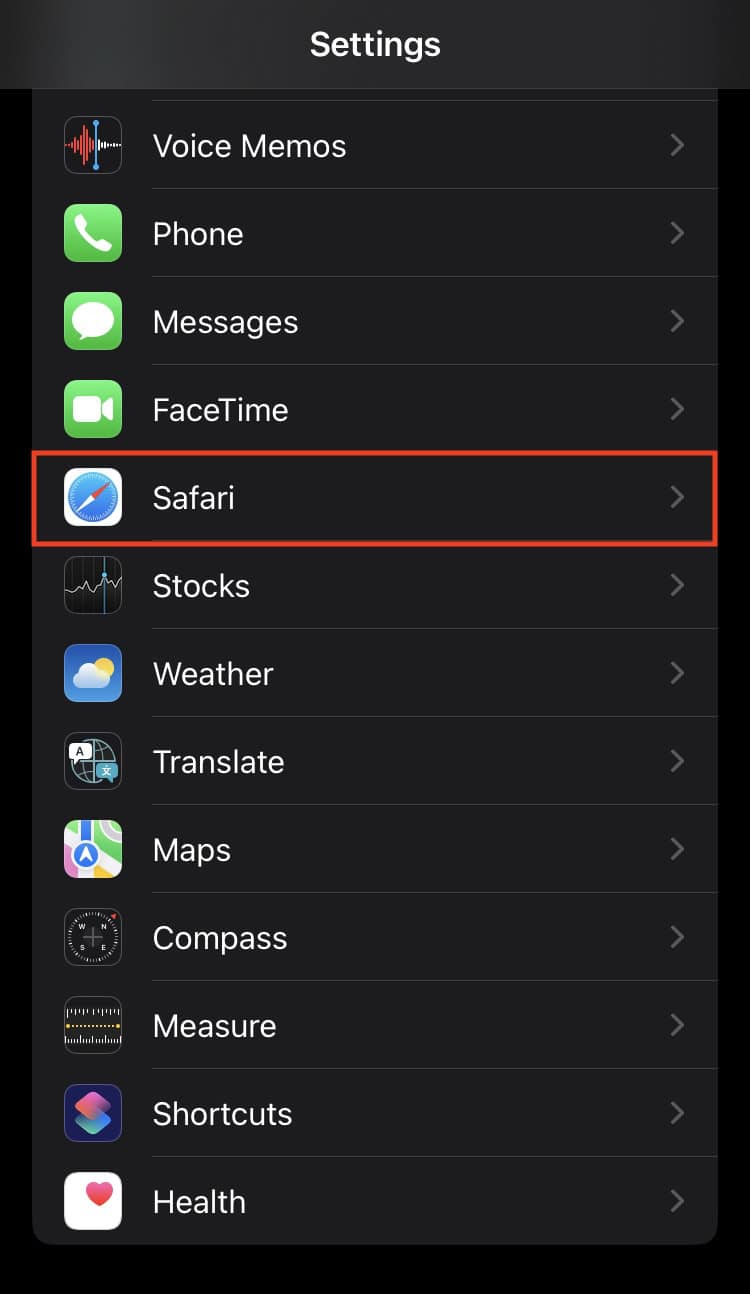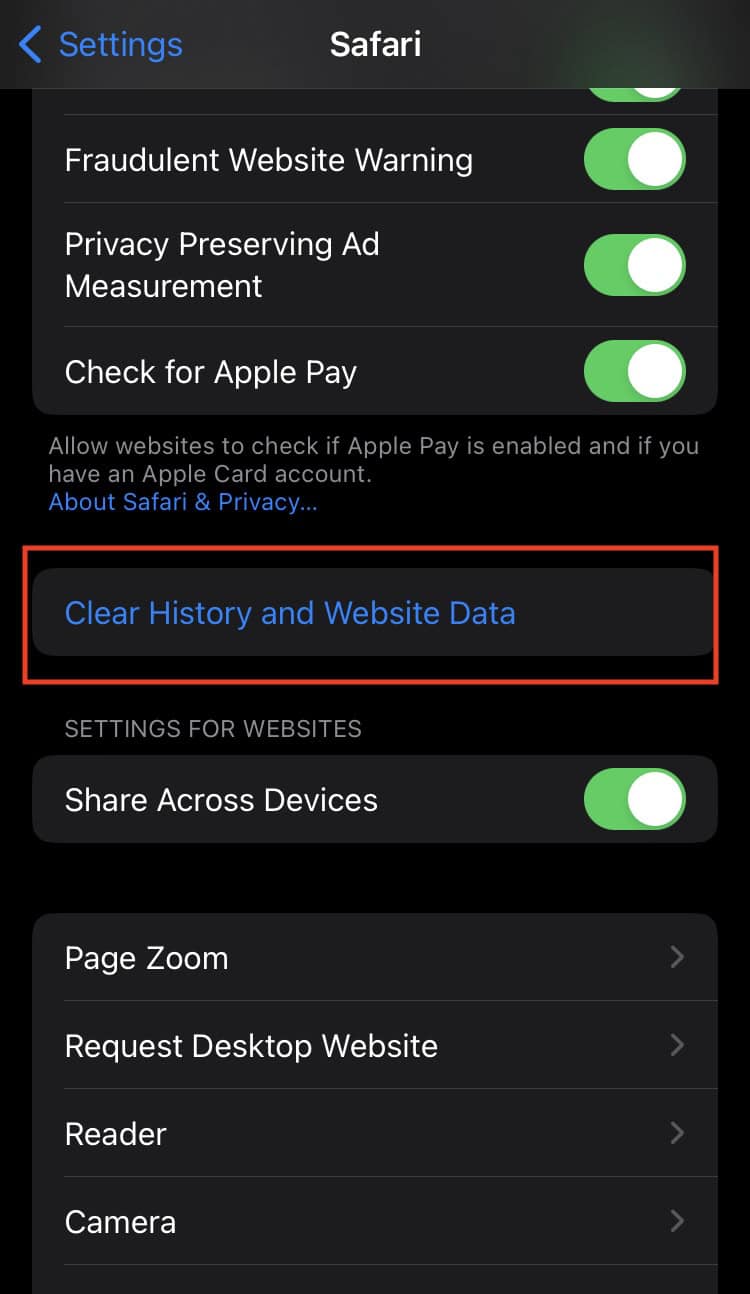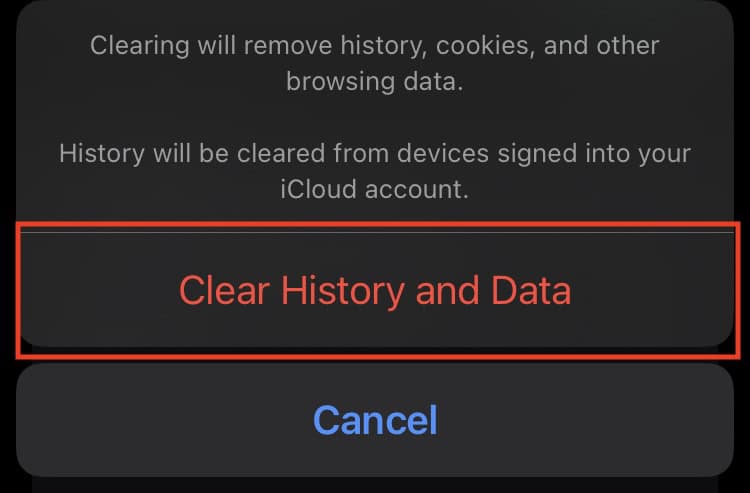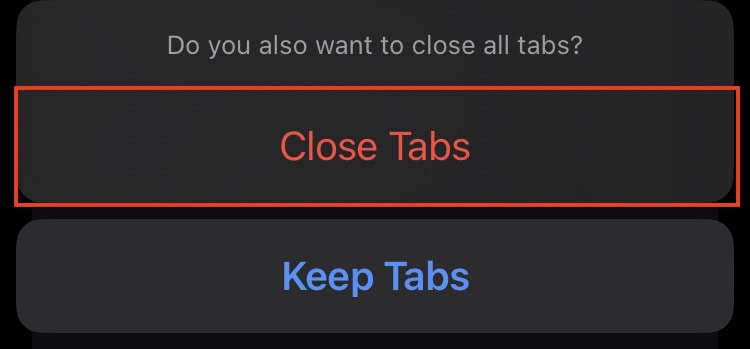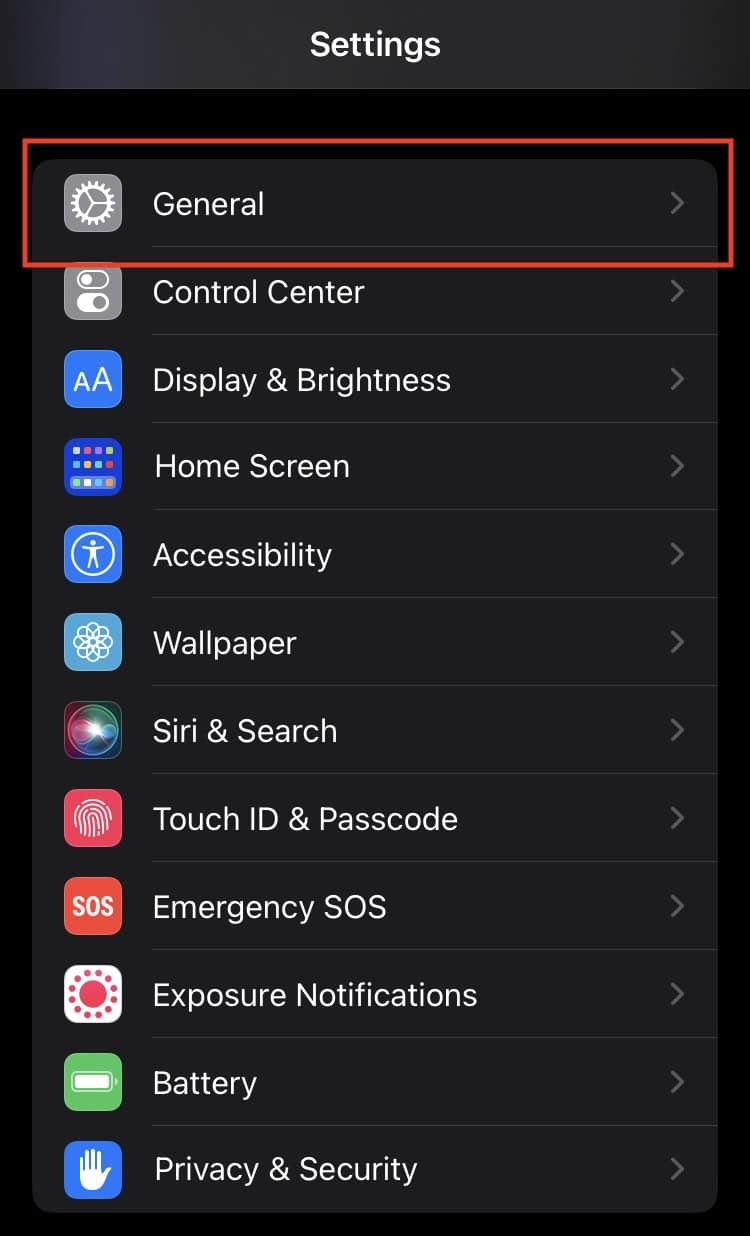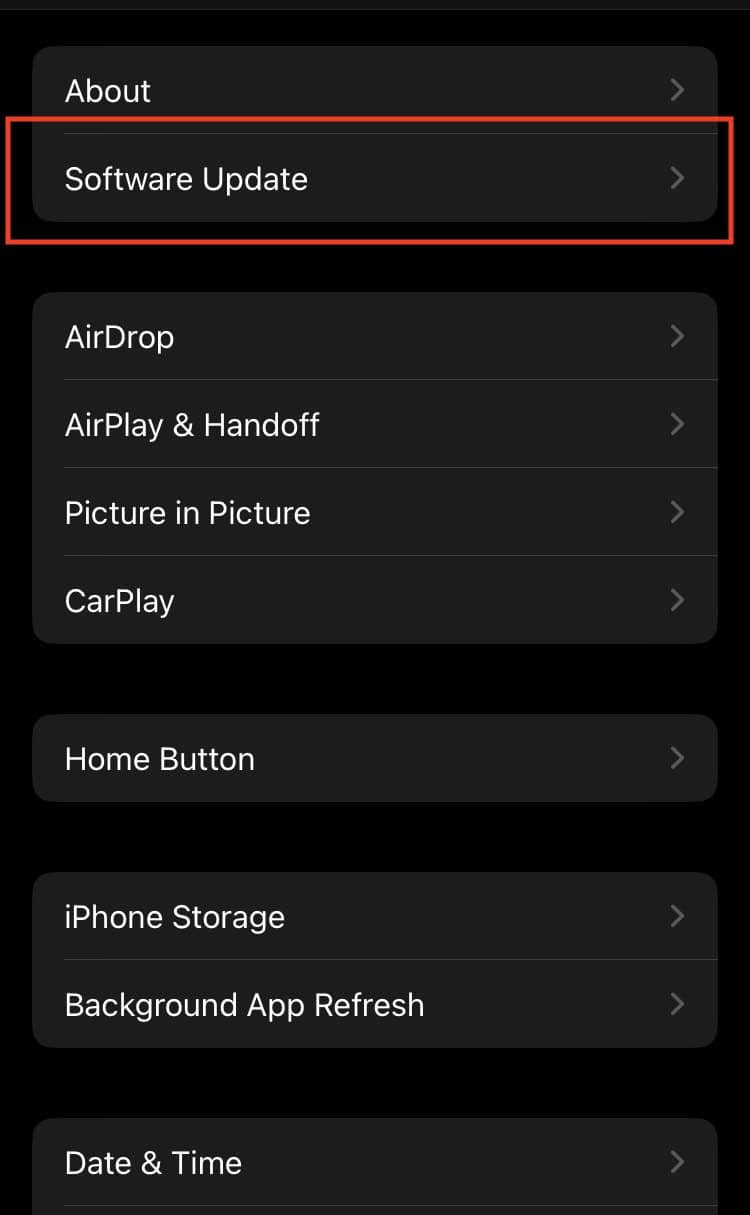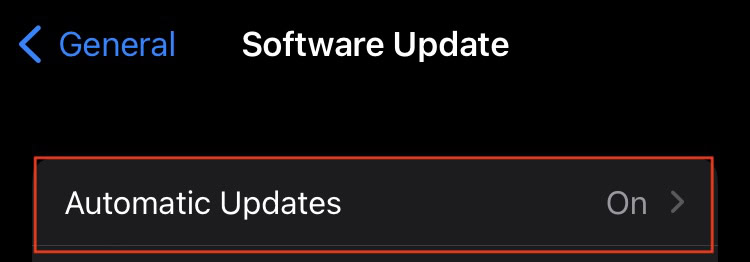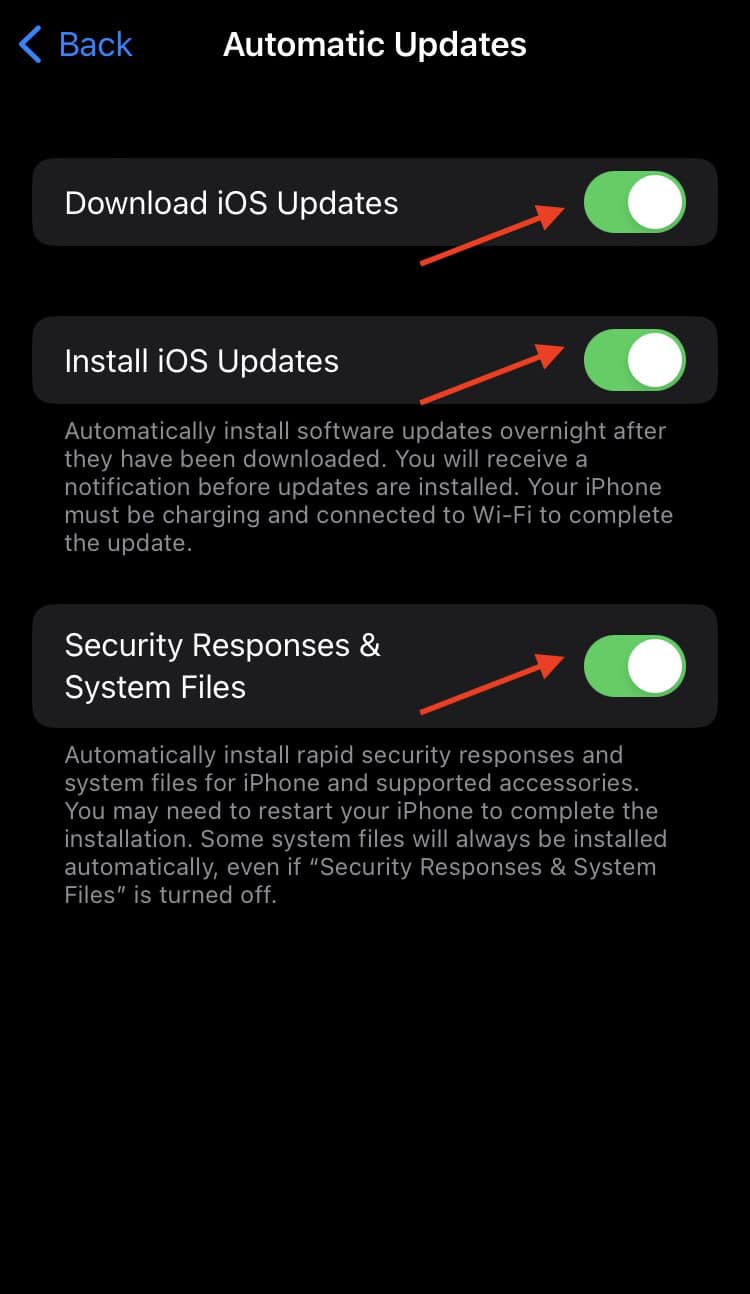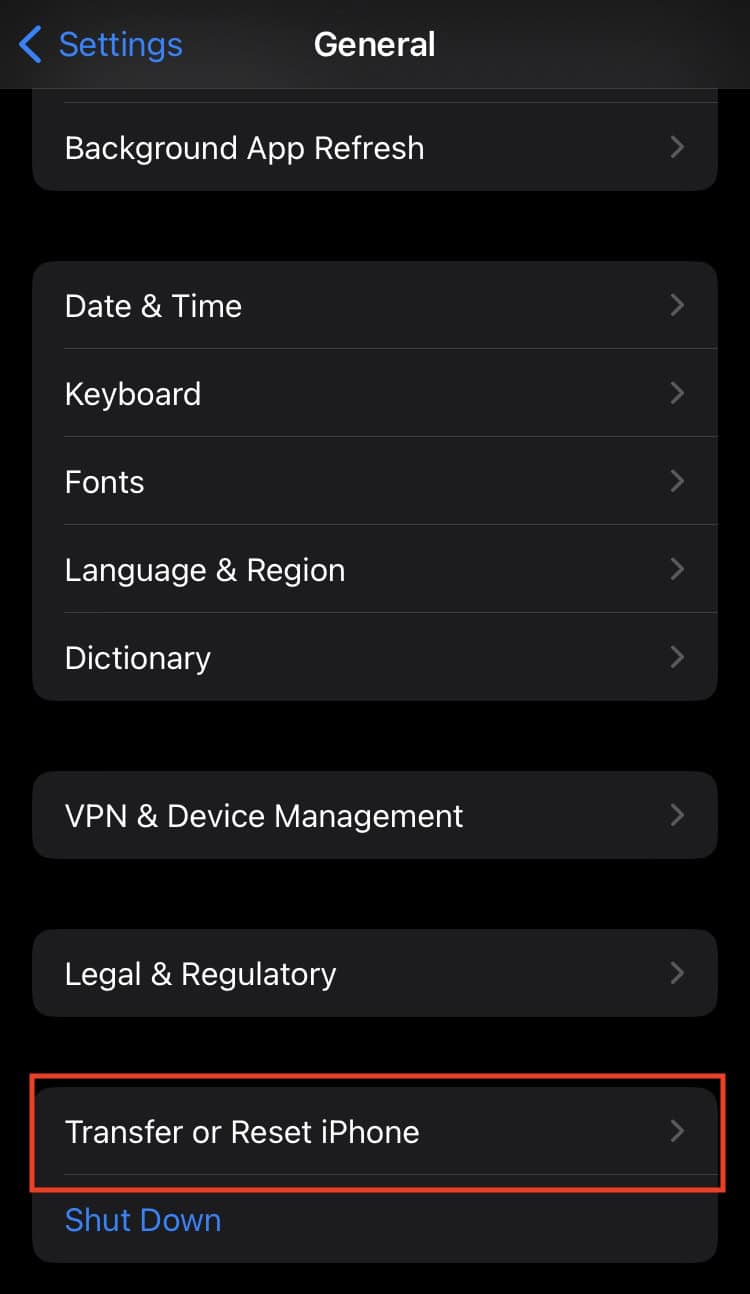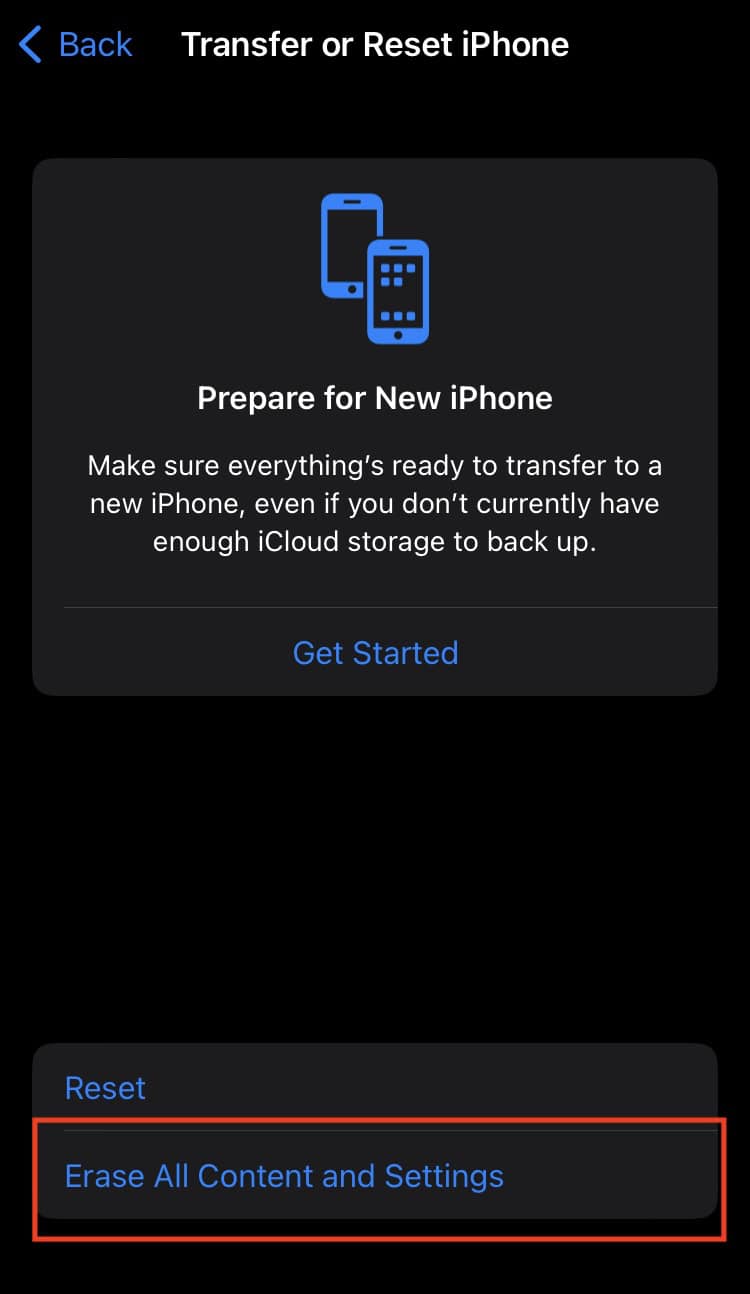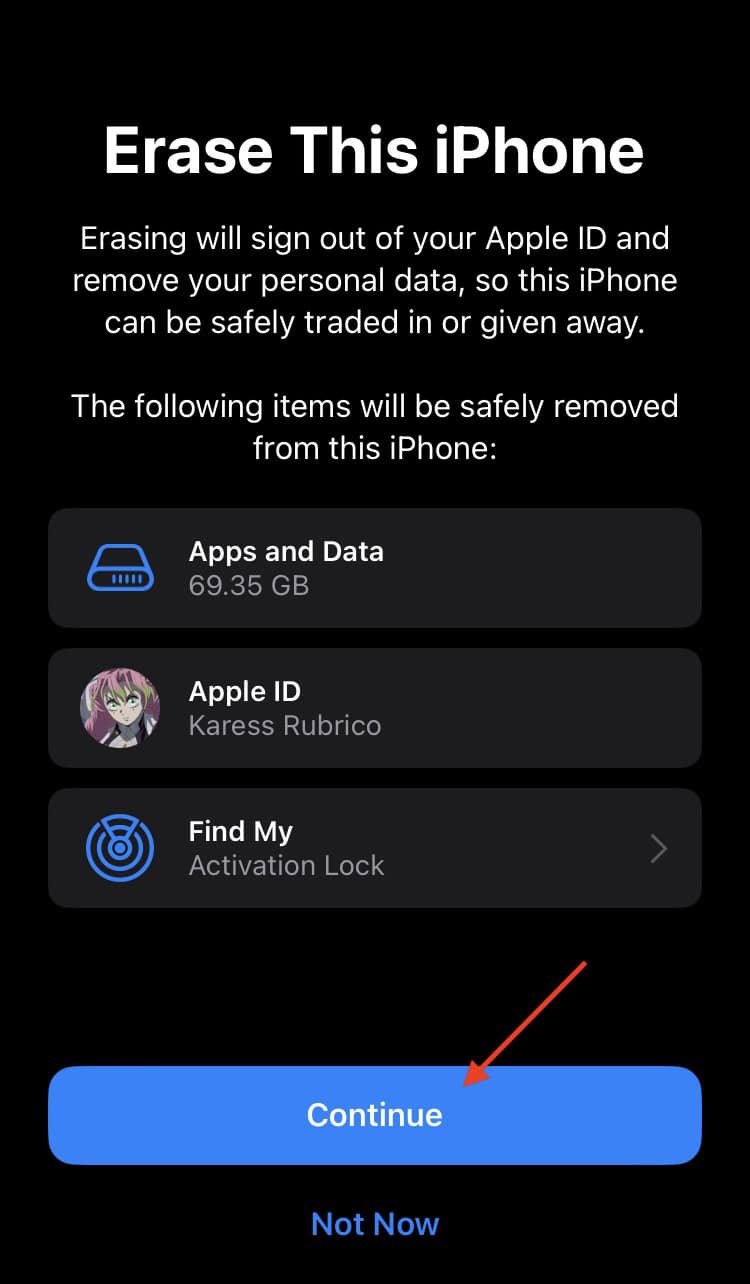Apple devices are said to be virtually impenetrable to external security threats. However, that isn’t always the case. Apple operating systems showcase sophisticated cybersecurity defenses, but there are still risk factors that leave your iPhone vulnerable to hackers. Here’s how to know if your iPhone has a virus, and how to keep your device safe moving forward.
Can iPhone Even Get Viruses?
Apple operates on a closed software ecosystem. The source code for all their operating systems is proprietary. A user can’t modify it or even see how it’s built.
Some of the main benefits of a closed software ecosystem include optimized hardware and software performance, reduced compatibility issues, and robust security measures. In simpler terms, every app you’ve downloaded can interact with or operate on a limited “space.” Third-party apps won’t have access to important or vulnerable files within the OS. That also means your Mac, iPad, and iPhone are relatively safe from common viruses.
However, certain factors do not make your devices invulnerable to security threats. Jailbreaking your device, tapping on suspicious links, or granting permissions to dubious apps expose your iPhone to malware.
What Can Possibly Infect An iPhone?
The most common viruses and malware that can infect your iPhone and compromise your personal information are adware and spyware.
Adware can appear on your iPhone when you tap on a pop-up ad. From there, it will continuously display more pop-ups for marketing revenue. Some pop-ups may deceive users into downloading apps they wouldn’t intentionally install.
Spyware, on the other hand, monitors your device’s activity. This type of malware can also collect your personal information and sell them to third parties.
 NOTE
NOTE
How To Know If Your iPhone Has A Virus
1. Unfamiliar Apps
Review your phone for apps you don’t remember downloading. If you spot one, delete it immediately.
You can verify an app’s legitimacy by checking if it’s in the App Store. In the same way, you might want to avoid sideloading apps moving forward.
2. Unexpected Pop-Ups
One of the surest ways to know if your iPhone has a virus is through numerous pop-ups. Sometimes you may encounter them when you visit certain websites or play free games. They’re usually harmless unless you tap on them, as they lead to malicious websites or App Store pages. Pop-ups that appear even if you’re not browsing or playing games are a definite cause for concern.
3. Unusual Spikes In Your Data Usage
Spyware can consume a large amount of data on your iPhone. While specific apps use a varying amount of data every time you use them, a strange uptick in your data usage might mean that a virus has infected your iPhone.
Here’s how you can monitor your mobile data usage:
Time needed: 1 minute
- Open Settings and tap Cellular.
- Scroll to Cellular Data to check data consumption on your apps.
4. Decreased Storage Space
Your photos, videos, apps, and other files occupy space on your local storage. However, spyware on your iPhone will hog a large amount of memory.
5. Poor Phone Performance
Downgraded performance is a clear indicator that your iPhone has a virus. If your phone works slower than usual, or your apps crash frequently, your phone may likely have a virus hindering its performance.
6. Other Signs To Look Out For
Here are other ways to know if your iPhone has viruses or malware:
- Your battery drains faster than usual.
- Your phone overheats quickly.
- You may receive frequent error messages from your app feeds or email.
Note that some of the issues I’ve mentioned above can happen even if your iPhone doesn’t have a virus. However, if they occur often, or all at the same time, it’s likely that your device was compromised.
Quick Tip:
If you’re encountering issues with viruses and malware on your Mac, consider trying a reliable antivirus like Intego. It’s one of the most effective tools that can help you protect your system and effortlessly regain control over your Mac’s security.
How To Keep Your iPhone Safe From Viruses And Malware
1. Restart Your iPhone.
In some cases, restarting your phone is the simplest way to get rid of a virus or stop malicious activity from happening.
To do this, press and hold the power button and any of the volume buttons until the power off slider appears. Then, drag the onscreen slider and wait for a few seconds. Switch your device back on by pressing and holding the power button on the side of your iPhone until the Apple logo appears.
2. Clear Your Browser History.
Adware lurks in your website history and wreaks havoc on your browsing experience. This type of malware makes multiple pop-ups appear on your browser that lead to malicious websites.
Here’s how to clear your iPhone browser history if you’re using Safari:
- From Settings, tap on Safari.
- Tap Clear History and Website Data.
- Select Clear History and Data.
- Tap Close Tabs.
3. Update To The Latest OS.
Other than new features and bug fixes, software updates usually come with patches that offer security improvements on your iPhone. These upgrades build on the vulnerabilities of previous OS versions, keeping your personal and financial information safe.
Activating Automatic Updates ensures that your iPhone’s OS stays updated, even overnight. Here’s how:
- On Settings, tap on General.
- Select Software Update.
- Tap Automatic Updates.
- Switch on all the onscreen options.
4. Do A Factory Reset And Restore A Non-Infected Backup.
When all else fails, you may need to factory reset your phone. Ideally, you’ll need to have a backup of all your apps and data before you encounter any hacking red flags on your iPhone.
Wiping the slate clean, so to speak, may also help remove the unwanted malware. To run a factory reset on your iPhone, here’s how:
- From the Settings app, select General.
- Scroll to Transfer and Reset iPhone.
- Select Erase All Content and Settings.
- Tap Continue.
- Key in your iPhone passcode.
- Tap Restore iCloud Backup.
If you’ve tried all these fixes and the problem persists, contact Apple Support for your next steps.
It also helps to stay informed on important security updates on your devices. Here’s a report on a recent security breach that left millions of iPhone and iPad vulnerable to cyberattacks.
